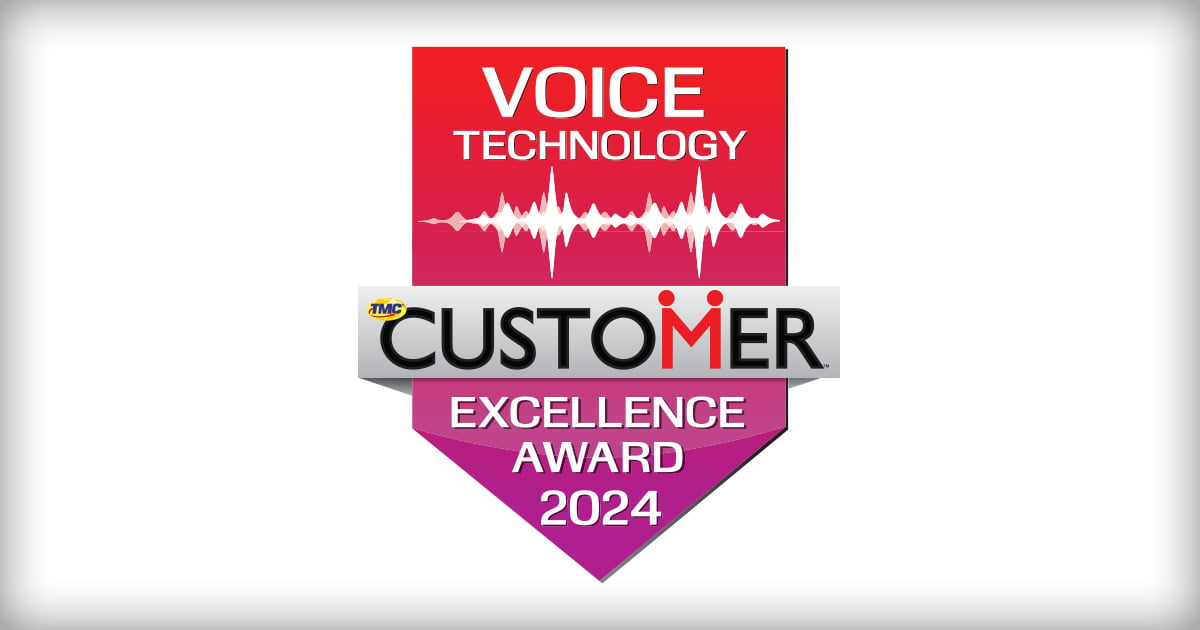The new digital customer journey is transforming the very nature of how businesses interact with customers. Historically, customers looking for service would pick up the phone and call a contact center. While this still happens today, many individuals now start their customer service experience by first going to a company’s website to find the answer they are seeking. This behavior in many cases is the start of a customer journey that will traverse multiple communication channels, including chat, email, SMS and voice. More recently this universe has begun to expand to also include social, messaging and mobile communication channels.
As a result, digital transformation is challenging customer service centers to reshape the customer journey into a deeper, more meaningful experience from beginning to end - and across various platforms and communications channels. To get it right and improve performance as well as operations, businesses should consider the following strategies.
Create a Seamless Omni-Channel Experience
As customers’ options for interacting with businesses continue to multiply, it’s essential to create a seamless omni-channel experience. If consumers prefer to self-serve first, give them the tools to do so by making websites even easier to navigate – and that includes the mobile version as well as the standard site. Develop an easy-to-find FAQ page providing answers to any product or company questions they may have, as well as multiple methods of contacting the customer service team via email, phone, direct message or app.
At the same time, businesses must ensure contact center supervisors have full visibility and control of every incoming and outbound interaction from a central point, regardless of organization, technology or location. This unified view of customer interactions occurs across two dimensions. The first encompasses all customer service channels, including voice calls to a contact center, IM, video, and Web. The second dimension is across time, where data is mapped across the customer’s journey. For example, a customer hits a website, then sends an email, then makes a phone call in order to get resolution to their inquiry, and contact center managers must have a view extending across each of these customer touch points.
Visibility into the customer experience across all channels and over time means that the digital customer journey can be tracked and managed.
Ensure Analytics Track Customer Journey
A whopping 90 percent of contact centers are not able to track the customer journey across multiple channels and touch points, according to a 2015 survey by EvaluAgent of senior decision makers at UK contact centers. The survey results also suggested that for SMS, chat, social media and other digital service channels, contact centers lack insight into how these channels are performing. SMS, for example, is offered by nearly half (46 percent) of contact centers, but a scant 8 percent of those track customer feedback and 14 percent are tracking performance metrics.
Analytics is necessary because it is challenging to account for transactions, interactions and engagements across the contact center. Today a single customer call to a contact center often involves several different systems, such as the IVR, ACD, order entry and Customer Relationship Management (CRM) system. These systems aren’t made to share data with each other. The result is that the typical company does not know the end-to-end customer experience. The company usually knows what the callers did in the IVR (e.g., that the callers traversed a certain menu or were possibly transferred to an agent), but not why callers left the IVR, or how what happened in the IVR relates to the eventual disposition of the call by an agent.
The dots between the systems are not being connected. As a result, the typical organization does not get a full picture of what the customer was trying to accomplish or how that process went. With that limited information, the organization does not know how to improve the customer experience. The organization can try things out, fine-tune the IVR for example, but such activities might not help the customer and might, actually, be counter-productive. What if your best customers hate the IVR and will buy twice as much if they talk with an agent? In order to develop a holistic view of who your customer is, their history and the outcomes of any previous interactions with agents, contact centers need to be able to compile data from multiple disparate locations and systems.
Data-driven analytics simply can’t work when information is kept in silos, and companies require a solution capable of merging and analyzing data from any available systems if they hope to overcome the potential damage caused by lack of insight into their customer relationships.
Enable Real-Time Decision Making
The prevalence of digital technologies means that most consumers are able to access the Internet from just about anywhere, and by the time they reach out to agents in the contact center, they have likely already exhausted all readily available information regarding their issue. Rather than taking the time to run through everything they’ve already searched, customers expect a quick and efficient resolution from an expert with information to which they otherwise would not have access.
In order to ensure that these expectations are being met, contact centers need real-time analytics and routing capabilities that can automatically connect the customer with the agent best suited to handling their individual needs. By doing so, businesses can shift from simply routing customers to the next available or longest available agent to connecting customers with the right agent, with the right skills, at the right time in a more dynamic fashion through:
- Agent performance routing: Match customers in real time with the agents that will drive the best business outcomes based on past performance.
- Customer value-based routing: Route customers with a high propensity to buy or higher lifetime value with priority to higher-skilled agents.
- Customer status routing: Route based on customer current status, such as routing delinquent callers to collections or new customers to help services.
- Demographic routing: Match customers with agents with whom they will most likely have an affinity.
- Service-level routing: Route to minimize abandons, wait times and other service level commitments.
Understanding the new digital customer journey is critical to being able to improve business performance and the customer experience.
About the Author
Arnab Mishra is vice president, contact center at Broadsoft, a global unified communication software as a service (UCaaS) leader.
Edited by
Alicia Young





